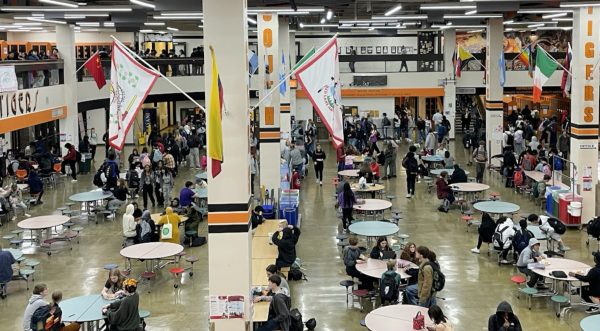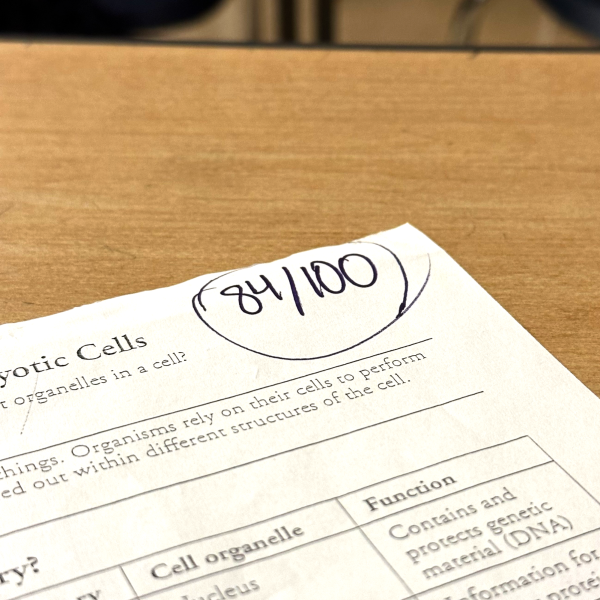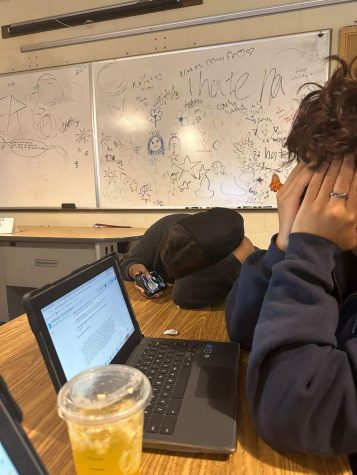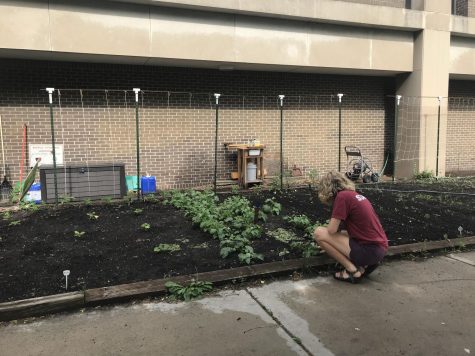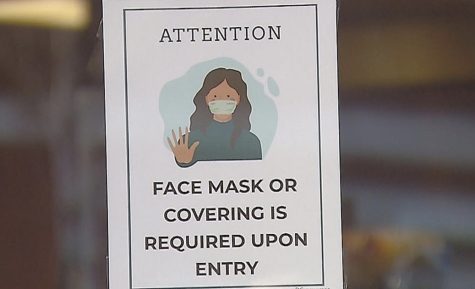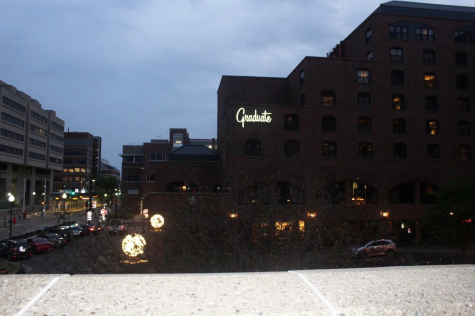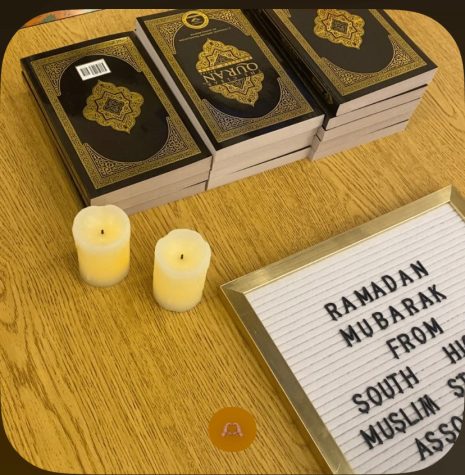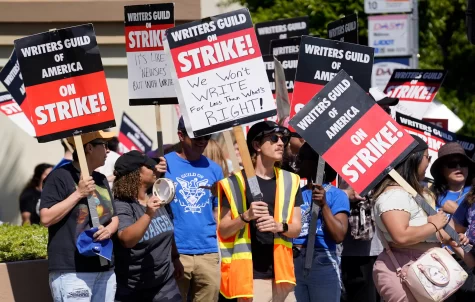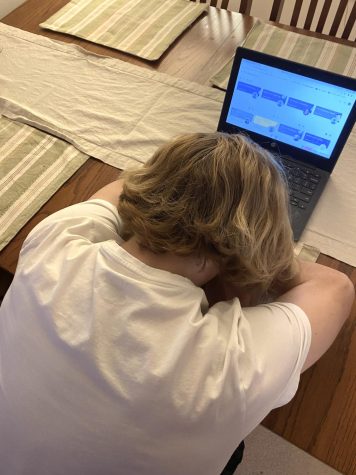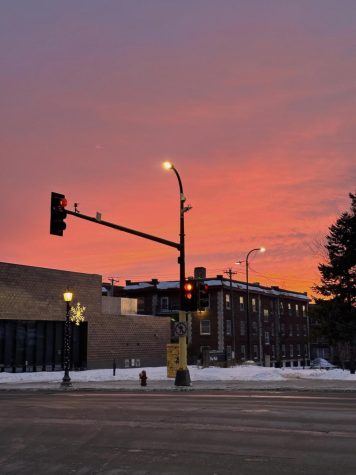Public schools instills valuable life lessons
January 31, 2015
The inferiority of public, urban schools is constantly communicated in the media. Everyone is familiar with the inner city school cliche in movies, where students bring loaded weapons to school and trade drugs under the table in class.
Of course, much of this image is based on the fact that public city schools often perform far below suburban and private schools. In Minnesota in 2011, 43% of students from the core cities were proficient on math tests, compared to 60% from the suburbs. Nationwide, graduation rates of public schools is around 64%, whereas in private schools it’s closer to 95%. At Breck, a private school in Golden Valley, students and their families meet with their counselor multiple times throughout the year. On the other hand, I don’t know if I saw my counselor twice between freshman and sophomore year.
South has trouble retaining teachers, out-of-date textbooks, large classroom sizes, and single ply toilet paper in the bathrooms. Other schools have issued iPads, swimming pools in the schools, and popcorn shrimp for lunch. However, I wouldn’t have it any other way. Going to South, a school with real problems and students working towards real solutions, is tremendously beneficial for any student.
Take, for example, the theater program. I have heard tales of suburban theater programs, where professionals are hired to construct the sets, the costumes are rented from the Guthrie, and the stage lighted by professionals. In my experience, South’s theater program is completely different. Students mend and piece together costumes, construct and design sets with recycled wood, and draw up their own lighting plans, learning in the process.
“It makes us more resourceful. Instead of building [a] stairway and throwing it away, I’ll re-use all those parts… schools with big funding don’t necessarily get that experience of being able to work on a budget,” explained junior Adrian Hamill, who does tech.
While our sets might not turn out as polished, learning things hands on is tremendously beneficial. Students obtain special skills, from sewing to working with power tools, they wouldn’t learn anywhere else. Not only is South affected by lack of resources, but by real world current events and issues. When the verdict in Ferguson came out, students at South felt it personally.
In the same way that students learn hands on in theater, they do when it comes to activism and community organizing as well. By forming groups such as the Gender Equity Collective, Green Tigers, and s.t.a.r.t, students learn more extensively about specific problems, and how organize in order to change them.
“It’s a lot easier to fight for something when you’re affected by it. You’re more passionate about it, and when you’re more passionate about something you are more willing to make it happen… even if you’re not directly affected by what’s happening, you know someone or you see someone, or you’ve seen it happen before,” explained junior Larry Whiten.
The sense of social responsibility many students at South have is hard to deny. Between Gender Equity, s.t.a.r.t, Green Tigers, and other organizations, South is rich with social justice opportunities. A huge part of this social responsibility stems from the fact that we go to school in such a diverse place, an asset that many suburban and private schools don’t have. As Whiten explained, first hand experience with groups of people different from yourself tends to heighten your social consciousness.
According to an article in Diversity Digest, a weekly newspaper published by Association of American Colleges and Universities, numerous studies have proven that going to schools with more diverse populations increase a student’s chance of discussing racial issues, their sense of social responsibility, and their involvement in the local community.
Both Whiten and Mekhi Taylor, a senior, feel that they would not be the same without having the experience of learning in such a diverse environment.Taylor has found a lot of enrichment in the student group s.t.a.r.t, or Students Together as Allies for Racial Trust, and is a co-chair of the group. “My freshmen year I [didn’t] know what I wanted to do after school, but after… doing the work we do here… I’ve realized this is my calling, and I feel like it’s helped me find my passion,” he reflected.
“I’ve learned a lot more about different cultures, different ethnicities and people’s backgrounds because [of] coming [to] South,” said Taylor. He explained now he can more easily relate to and befriend students of other backgrounds and other cultures. “It makes me a better person because I’m not judgemental now,” Taylor said.
While it’s true other schools might not be as close to issues such as police brutality, racial tension and cultural misunderstanding, it does not make our students worse off. It just means they have a better understanding of the world, and of how to fix these problems. Learning how to be socially responsible is incredibly helpful to a person’s development.
“I learn a lot here, more than just what’s in the textbook,” concluded Taylor. You might [be the] top academic school in the state, but is that what counts right now? It doesn’t show within social skills and cultural awareness. In the end you can be amazing at math, but if you’re not able to talk to people or understand other people’s views, then there’s no point to it,” said Whiten.


